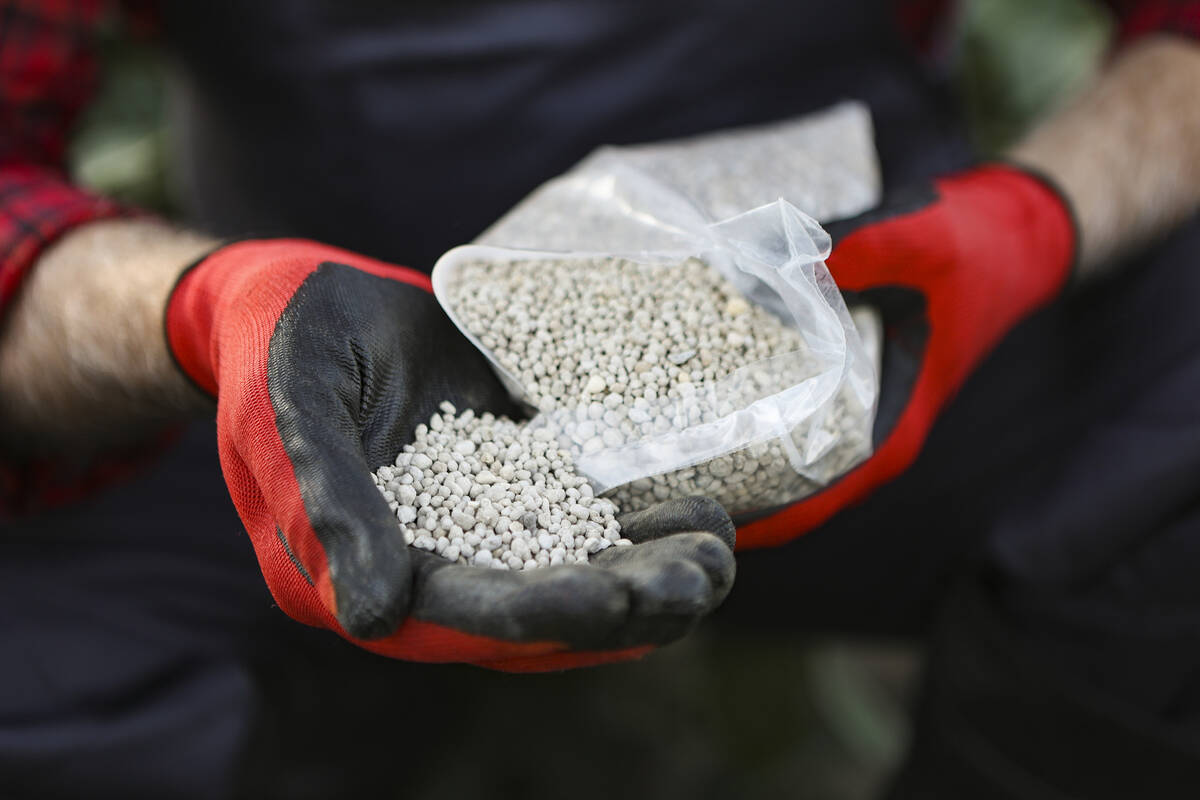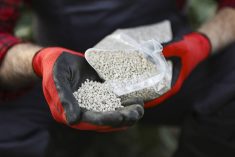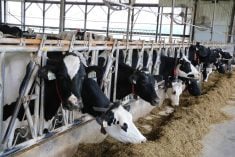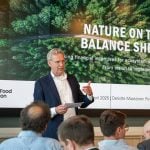Fears of a global shortage of phosphate fertilizer could be allayed if phosphorus use were distributed more evenly throughout the world, according to new research.
Reducing phosphorus (P) fertilizer applications in some regions and increasing them in others would create an adequate balance for everyone, according to a recently published paper by a McGill University scientist.
That would help meet the world’s growing demand for food by increasing crop yields where they’re most needed, says the paper published Jan. 31 in the online version of the peer-reviewed journal Proceedings of the National Academy of Sciences.
Read Also

Fertilizer label changes called costly, unnecessary
Canada’s bulk fertilizer makers now have until July 2026 to update their labels, but industry says rules will be expensive, slow shipments to farmers and won’t actually make the system safer.
“There’s enough phosphorus to go around,” said Graham MacDonald, the paper’s author.
Recent studies suggest the world is nearing a point of “peak phosphorus” in which the ability to produce P, an essential plant nutrient, from phosphate rock reserves is declining.
But the real problem is not availability. It’s distribution, said MacDonald, a PhD candidate in natural resource sciences at McGill.
GLOBAL MAP
His study includes a detailed global map showing imbalances in the way P is used around the world.
The map shows “hot spots” where P is in surplus, as well as areas with P deficits.
Some results are surprising. For example, eastern China and southern Brazil have surplus P from intensive fertilizer use by farmers. Among other things, this creates water quality problems in which surplus P in run-off may pollute water supplies.
Meanwhile, according to the map, Argentina and Ukraine, both prime agricultural regions, are P deficient.
That situation is repeated throughout the world, with too much P used in some places and not enough in others.
The obvious solution would be to redistribute P so that all places received the right amount. MacDonald said that could work.
According to his paper, reducing P use in the world’s excessively surplus areas by 21 per cent would lower surpluses by 13 per cent and increase phosphorus-use efficiency by 14 per cent across those locations.
DIFFERENT SOURCES
The paper considered both fertilizer and livestock manure as sources of P.
Of course, physically moving P from one corner of the world to another would be difficult, if not impossible.
But what his research suggests is that recycling P from manure, crop residue and other sources is a viable alternative to just pouring on the fertilizer, MacDonald said in a telephone interview from Montreal.
“What it really shows is that this is an area that we should focus on more, particularly with the potential dwindling phosphate rock reserves.”
Distributing P more equally by using less in surplus areas and more in deficient ones can be achieved through farm management – precision agriculture, soil testing and targeting P to where it’s most needed, MacDonald said.
Don Flaten, a University of Manitoba soil scientist, said of MacDonald’s research that “the overall concept is sound.”
The issue of P surpluses and deficits isn’t just a global one. It applies to individual farms and even specific fields, Flaten said.
EXCEPTIONS
For example, most areas in Manitoba have either enough soil P or are low in it. But there are two exceptions: the southeastern rural municipalities of Hanover and La Broquerie. Those RMs are home to many intensive livestock operations where manure rich in P is constantly applied on fields.
It’s difficult and inefficient to haul manure long distances to avoid P buildup in the soil, Flaten said.
But the problem could be alleviated if a research project headed by the Manitoba Livestock Manure Management Initiative works out, he said.
The project is examining ways of processing manure to remove P and package it for use elsewhere. [email protected]
———
“There’senough phosphorusto goaround.”
– GRAHAM MACDONALD














